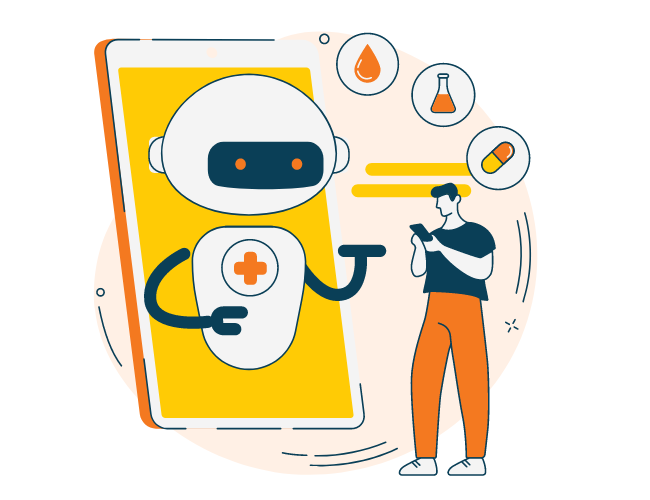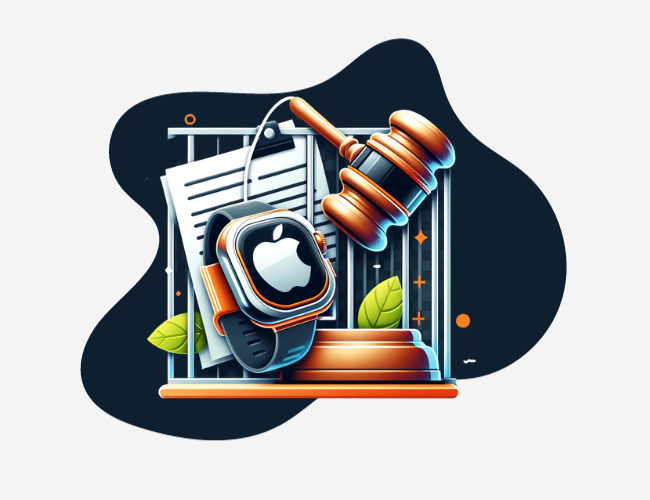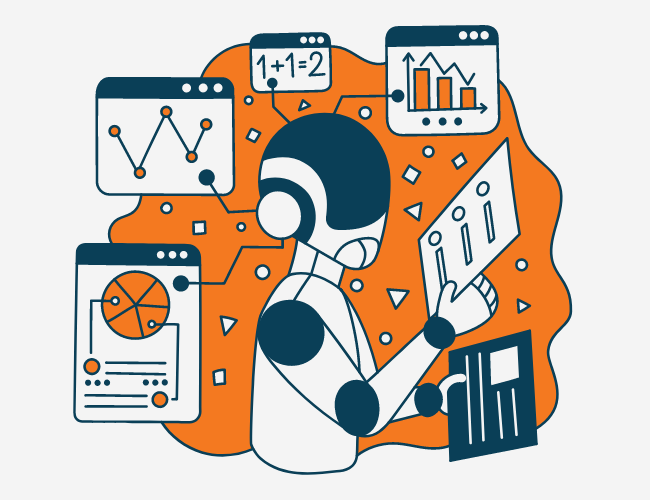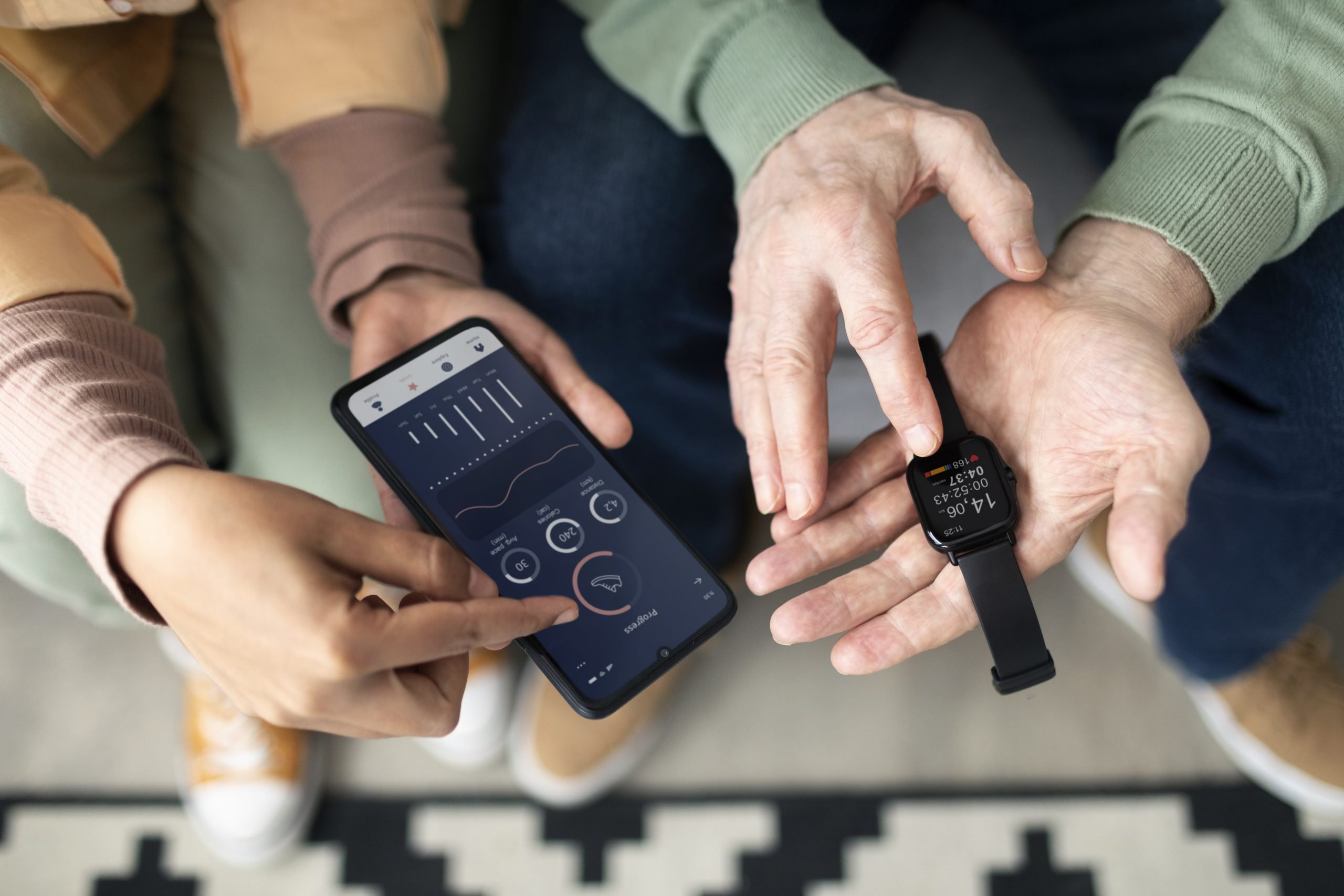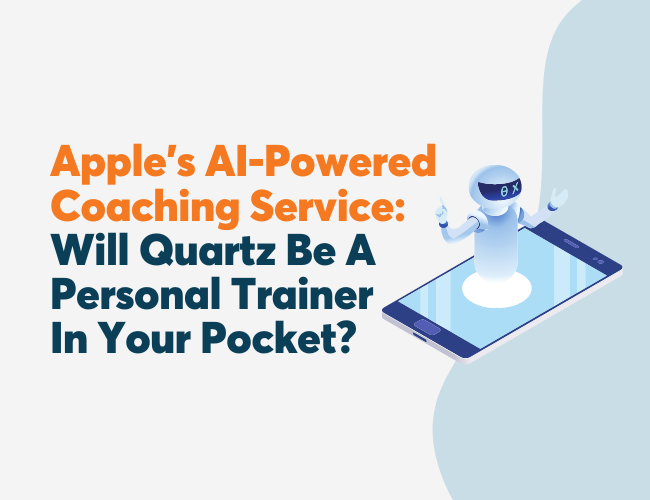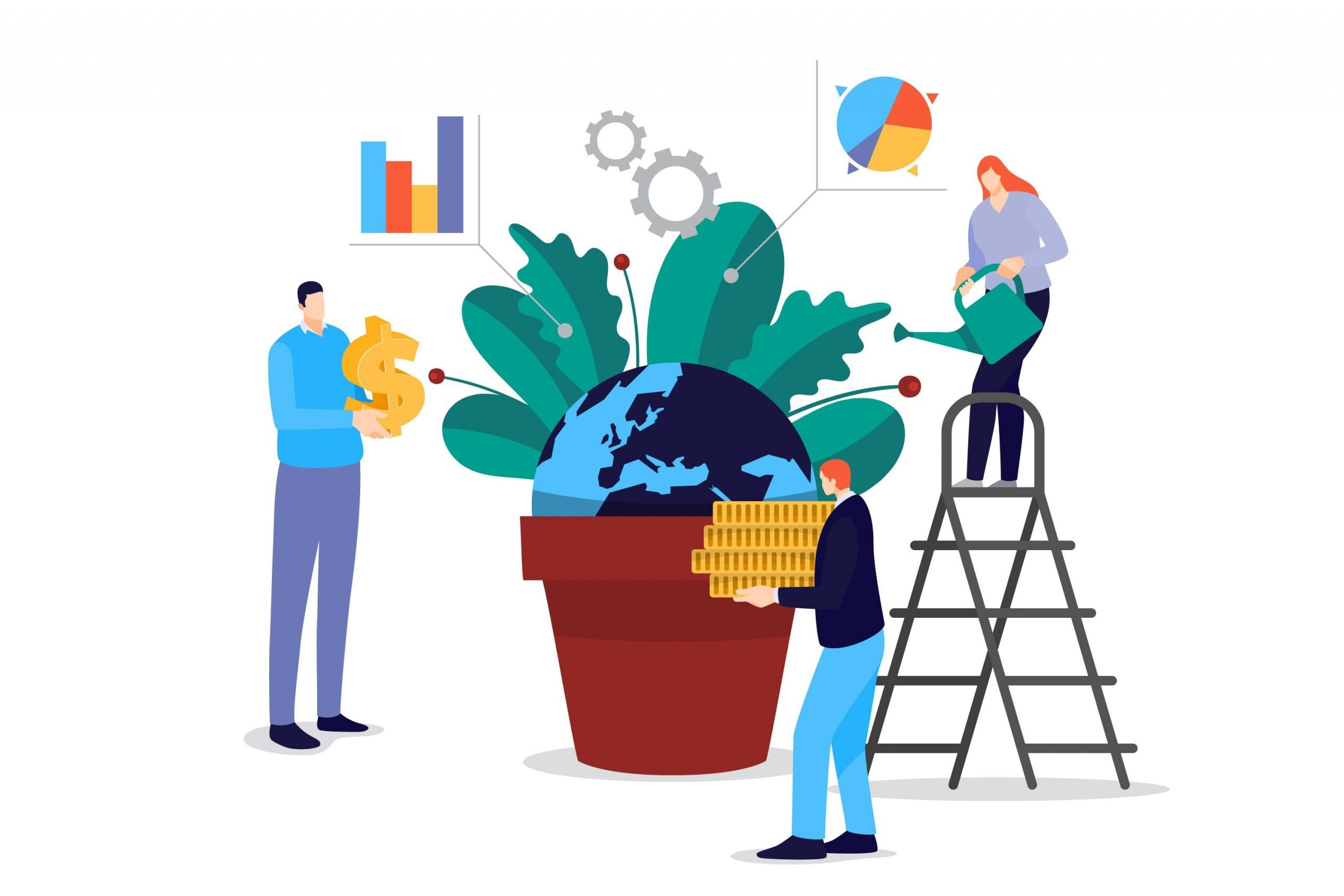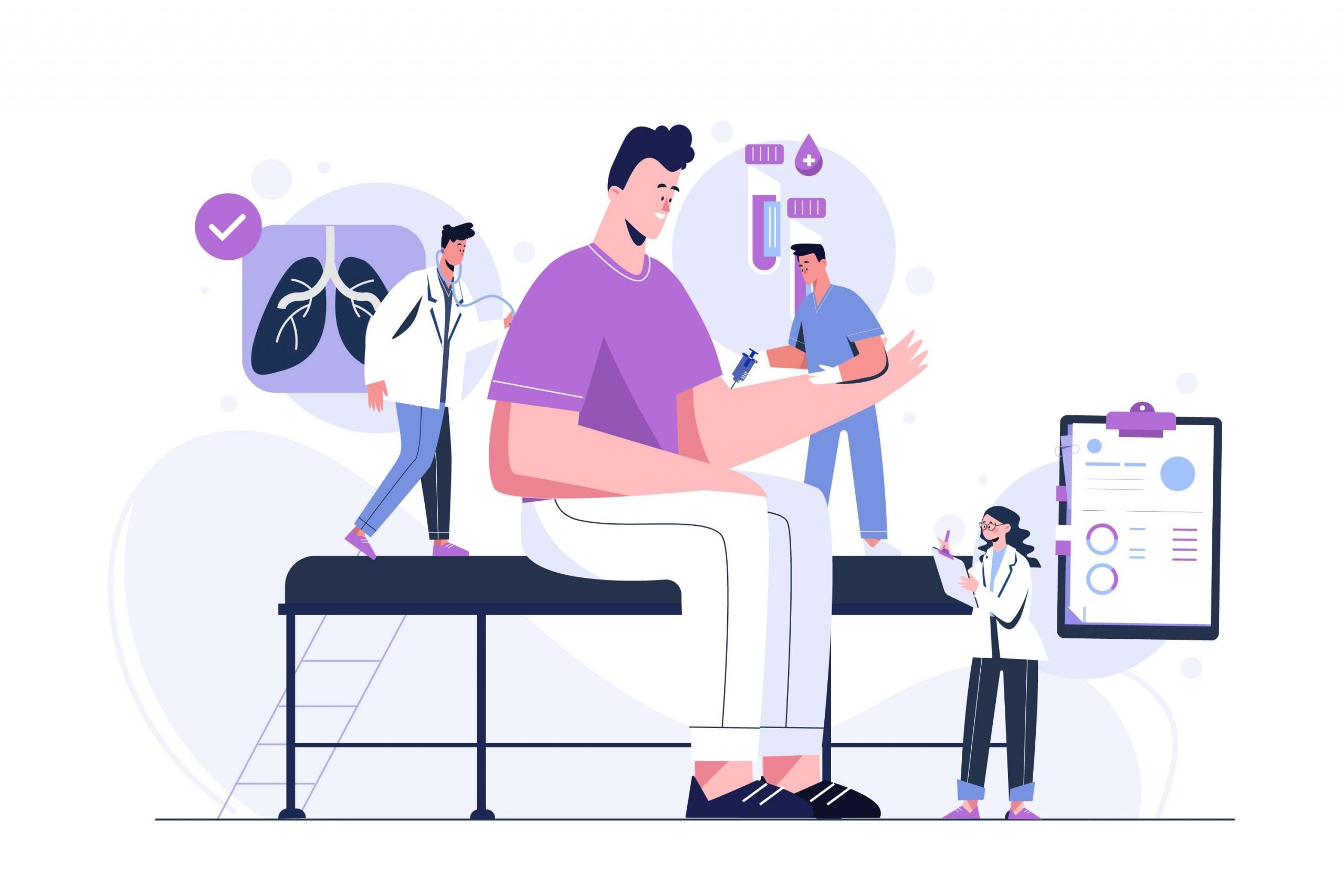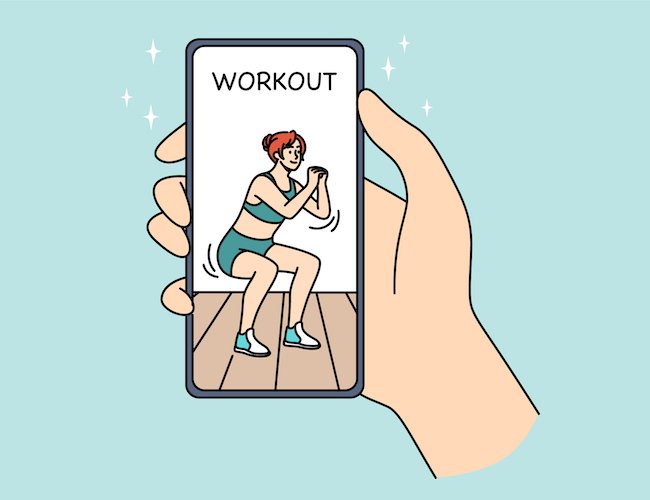Technology touches nearly every aspect of employees’ work lives. They use it to communicate through emails, messages, and videoconferences as well as to coordinate marketing, production, and deliveries. Technology makes jobs simpler, reduces mistakes, eliminates needless repetition of tasks, and increases the speed of work, which explains why it is so deeply rooted into the employee experience.
Recognizing Challenges With Advantages
However, these advances can be costly. Even as technology can help work get done faster and better, it also creates environments where employees are working harder. With the proliferation of mobile phones, tablets, and laptops, employees take their work home with them. While bringing work home provides employees with more flexibility with when they can get their work done, it also blurs the lines of work and personal time. As a result, employees are working more hours than ever.
Technology brings information to employees’ fingertips, and as a result, they often find themselves sifting through that information at night or weekends, which can be exhausting. According to Radicati, a technology research firm, 129 billion business emails are sent and received each day. Consultants McKinsey & Company found the average employee spent 28% of their day, or 2.6 hours, reading and answering emails. That time doesn’t include text messages or those from other communication platforms like Slack or Microsoft Teams. Managing that amount of technology takes time away from other responsibilities in a job, increasing stress.
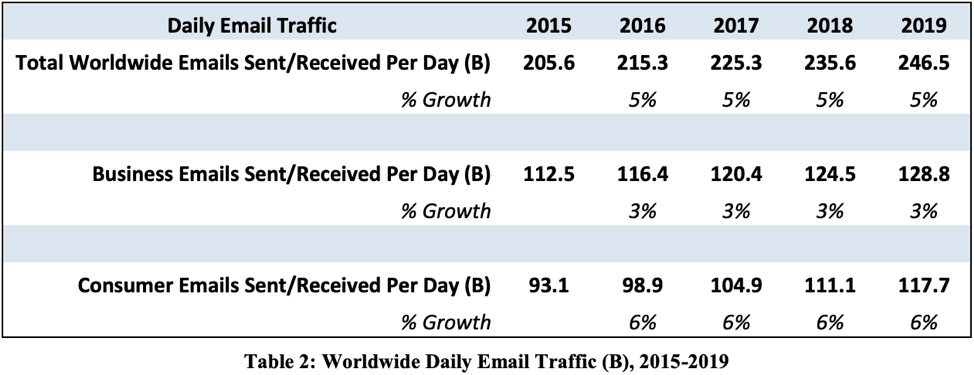
As employees face an always-on society with more information than they can digest at an ever-increasing speed, they can struggle to keep up. From feeling a lack of personal connections, email inbox anxiety, or compelled to check text messages as soon as they come in, the overload of information can affect sleep, cognition, and mood.
This is not to say that technology is bad. It is, however, essential to understand the impact that the advances have on a workforce and to ensure that the technological cure isn’t worse than the disease. In other words, companies must maintain balance by making sure technology is used as the tool, not as the boss.
Technology For Wellness Programs
Balance is also essential when it comes to technology for well-being programs. Although activity trackers and apps to in calories consumed are helpful, the overuse of technology for wellness programs can have the same effect on employees that the overuse of technology has in the workplace. This is why it is important to remember that every aspect of a well-being program does not need to be digital.
When developing a program, consider low or non-tech options as well. Fitness classes, seminars, and walking breaks allow employees to connect with others in real life. Monitor the digital components of a wellness program to decrease emails, push notifications, and demands for screen time, all of which can increase, rather than decrease stress.
Companies that want to balance their wellness programs should also check that the digital portion focuses on core features that improve well-being, versus the ones that require more screen time without providing many benefits.




